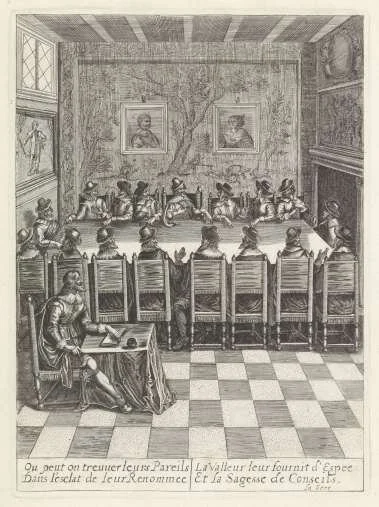At Play in Central Park’s Modern Landscapes: An Interview with Marie Warsh
Interviewed by Katie Uva
Today on the blog, Katie Uva talks to Marie Warsh, the Historian at the Central Park Conservancy and the author of the recently-published Central Park’s Adventure-Style Playgrounds: Renewal of a Midcentury Legacy. These playgrounds, which became popular in the 1960s and 1970s, demonstrate New York City’s effort to create dynamic, creative play spaces and also provide a window into the city’s history of public-private partnerships.
Read More

